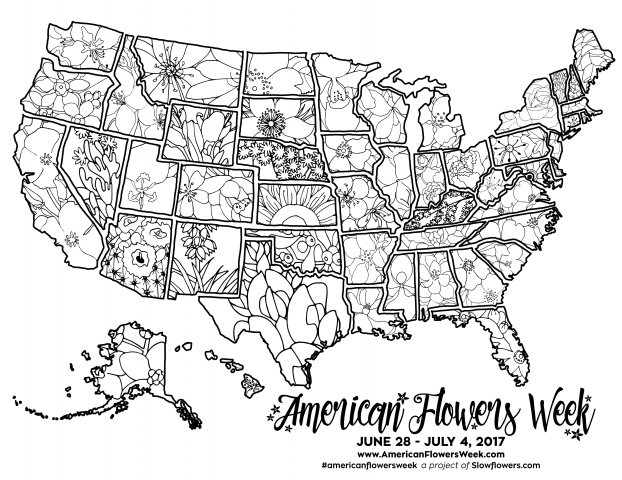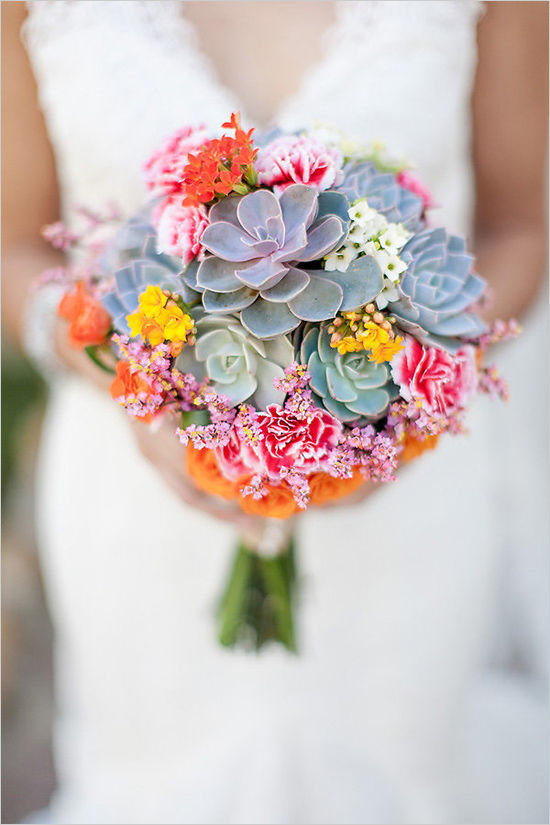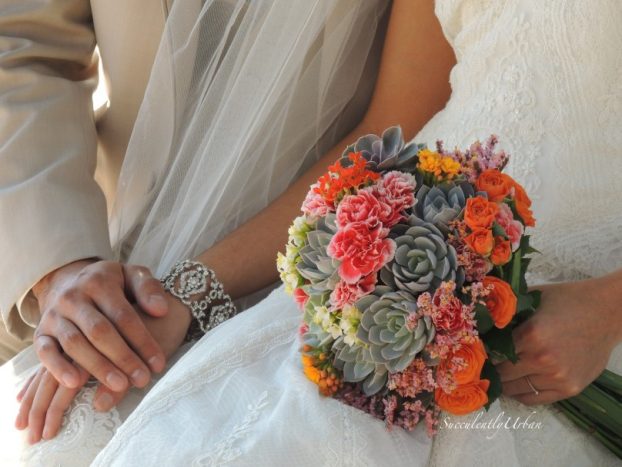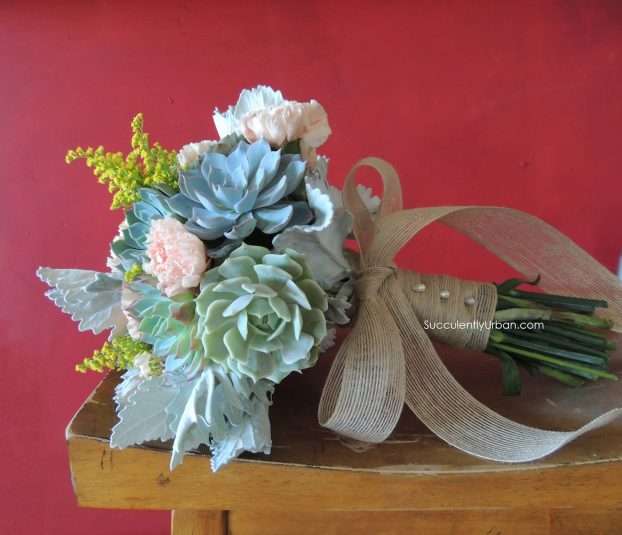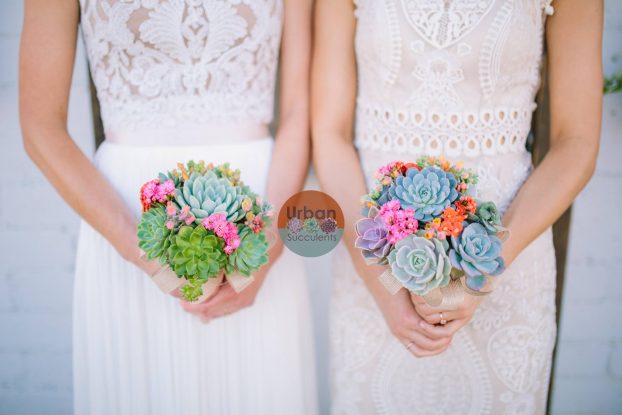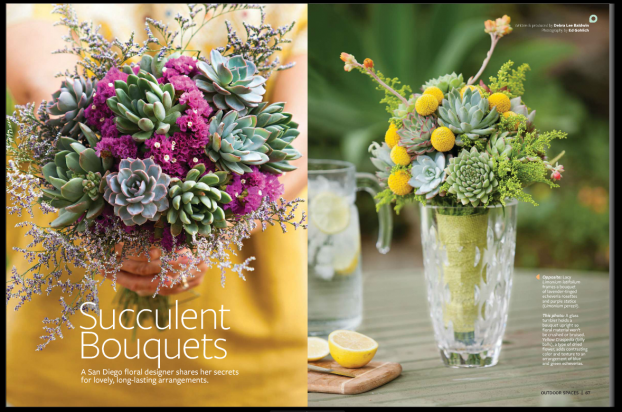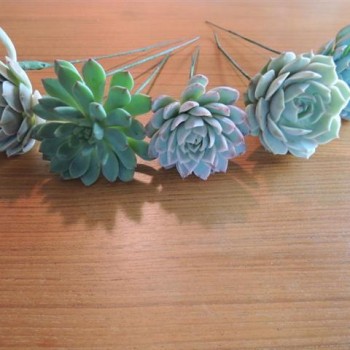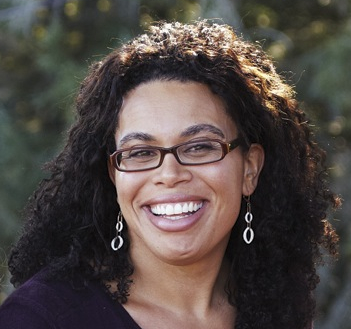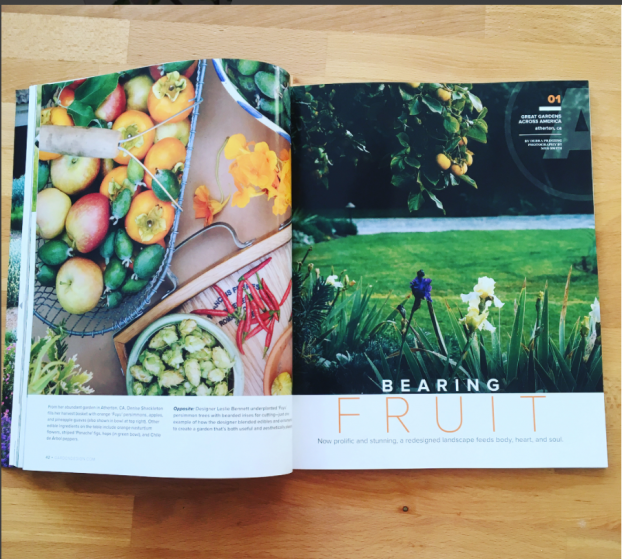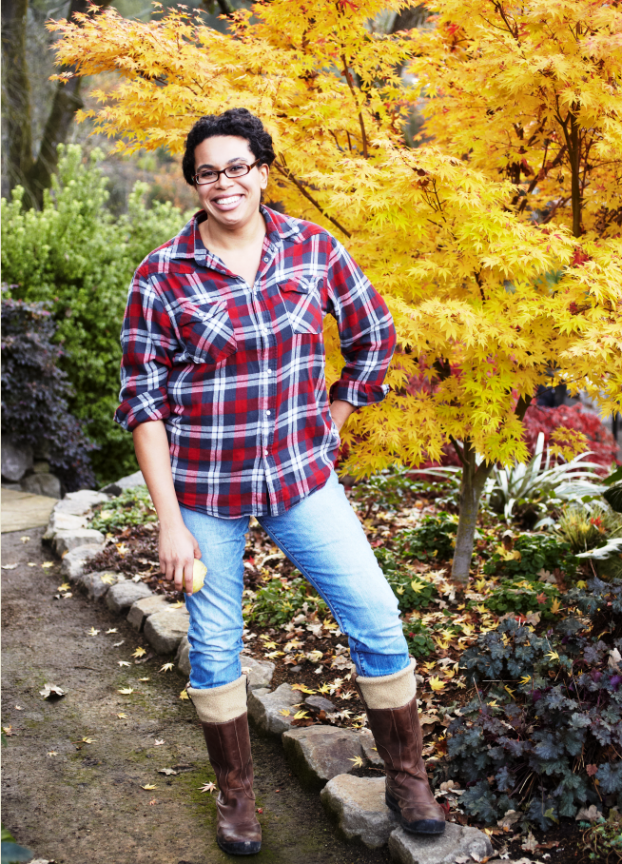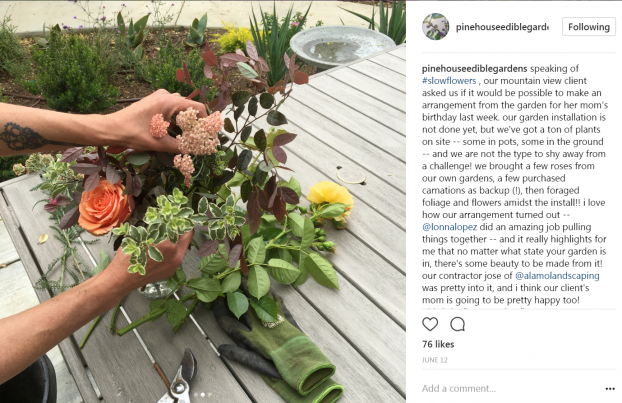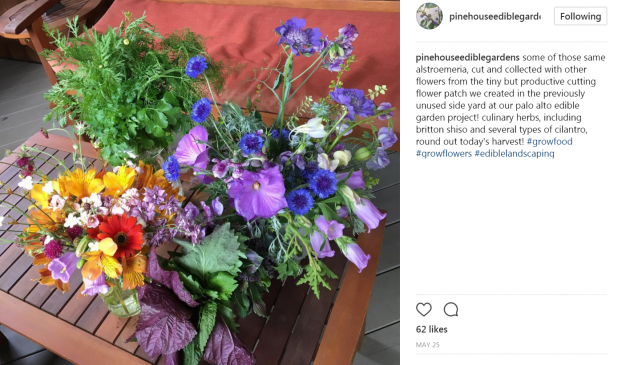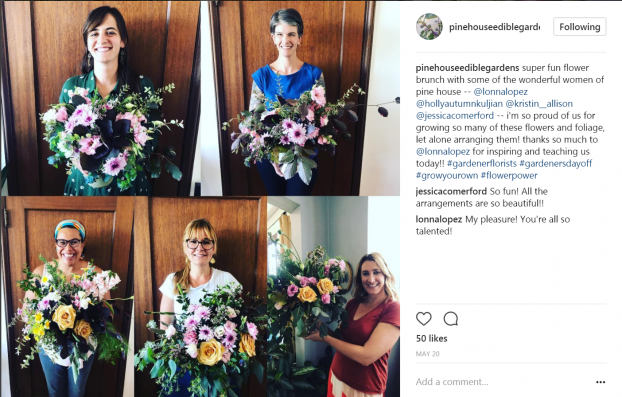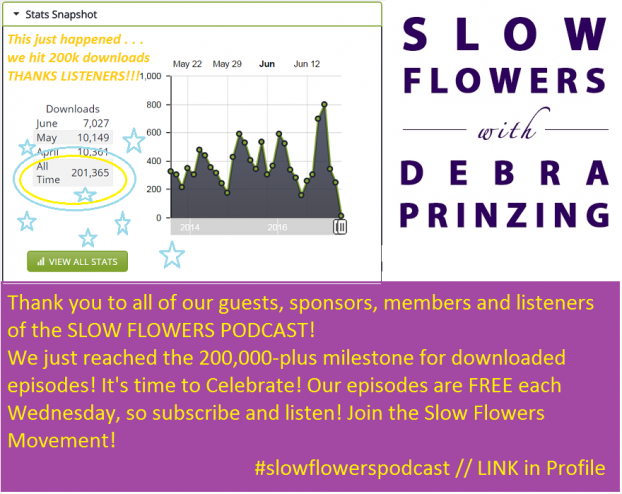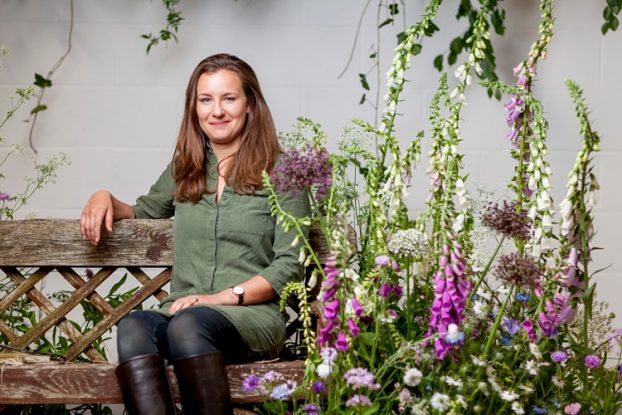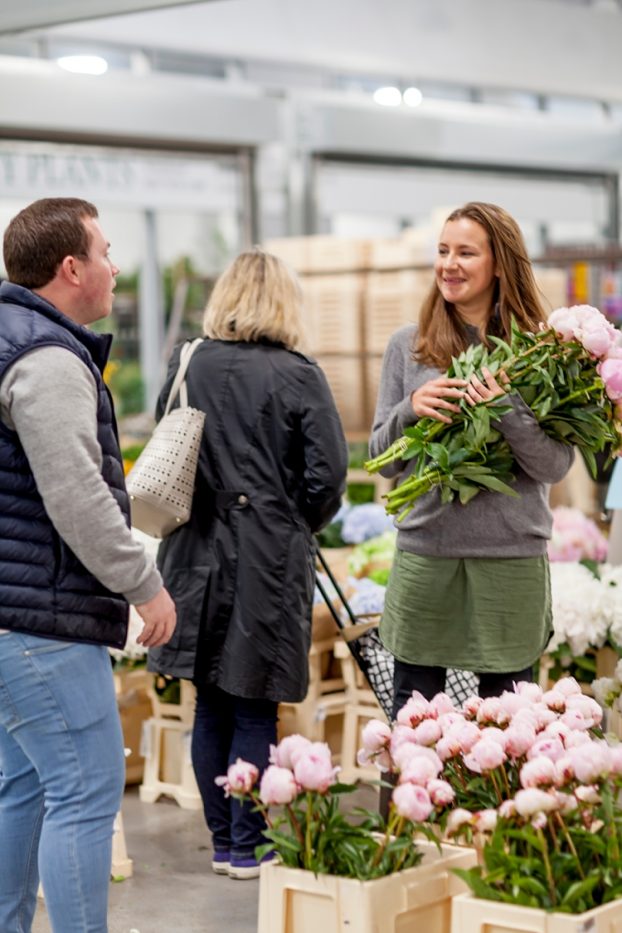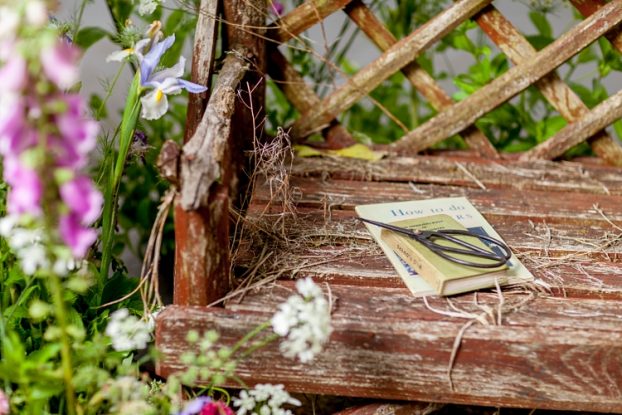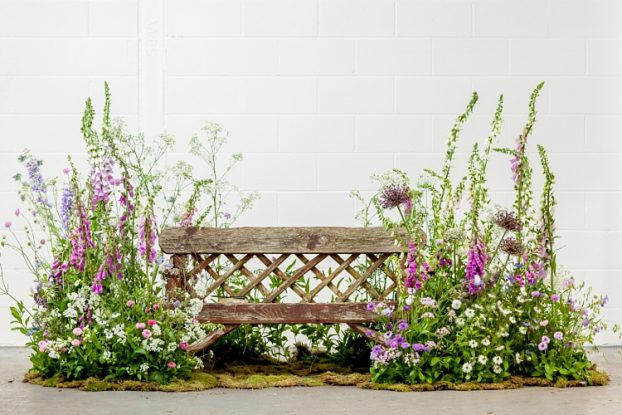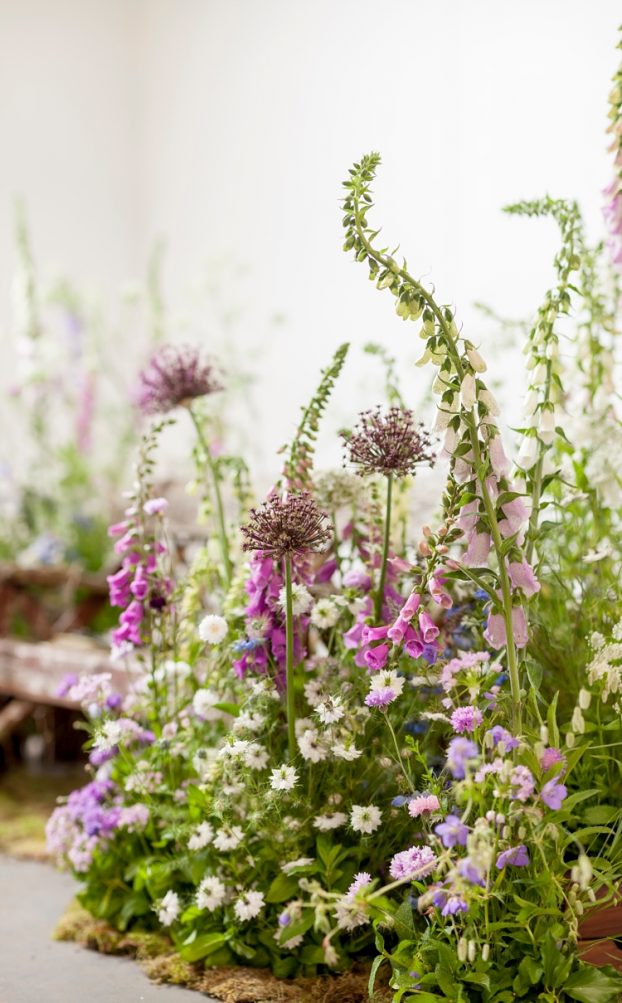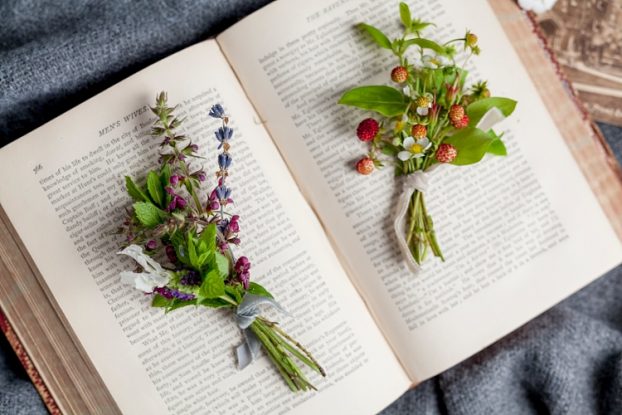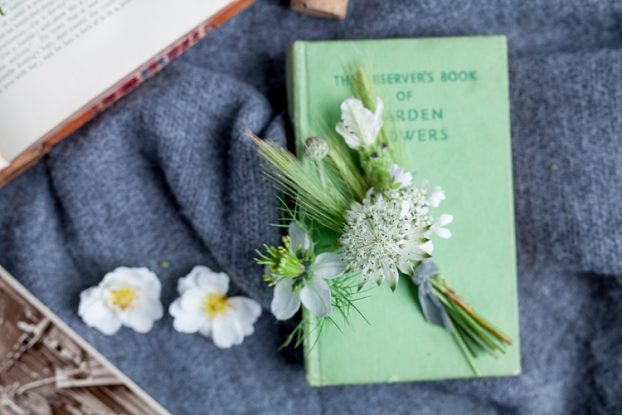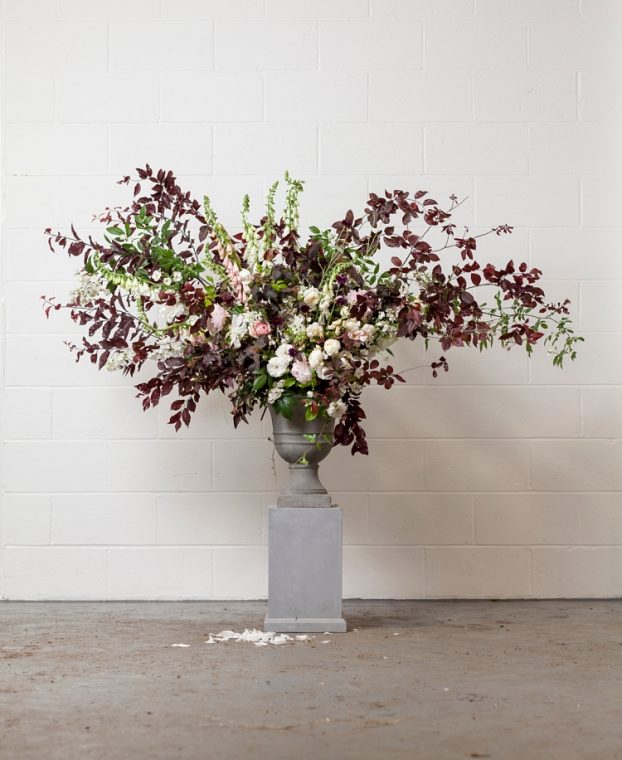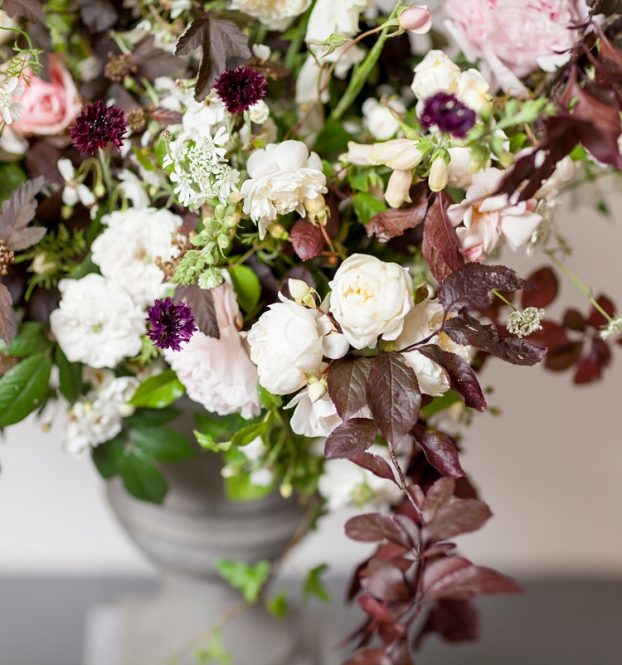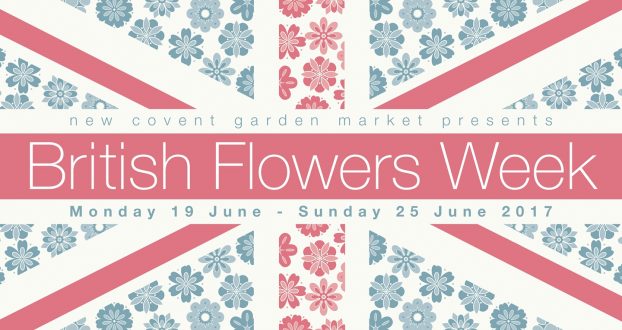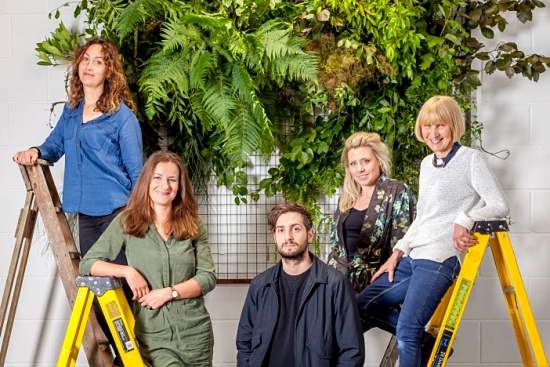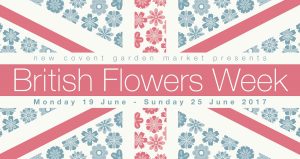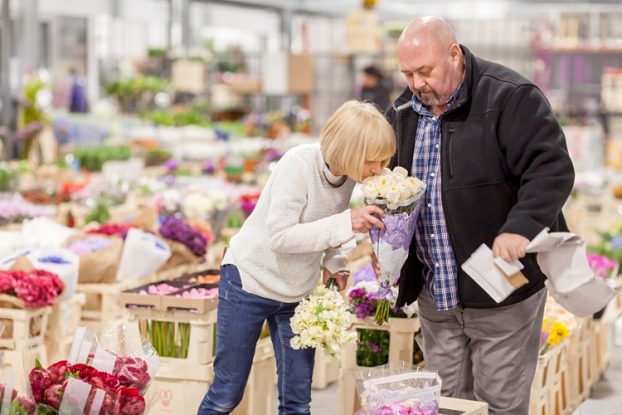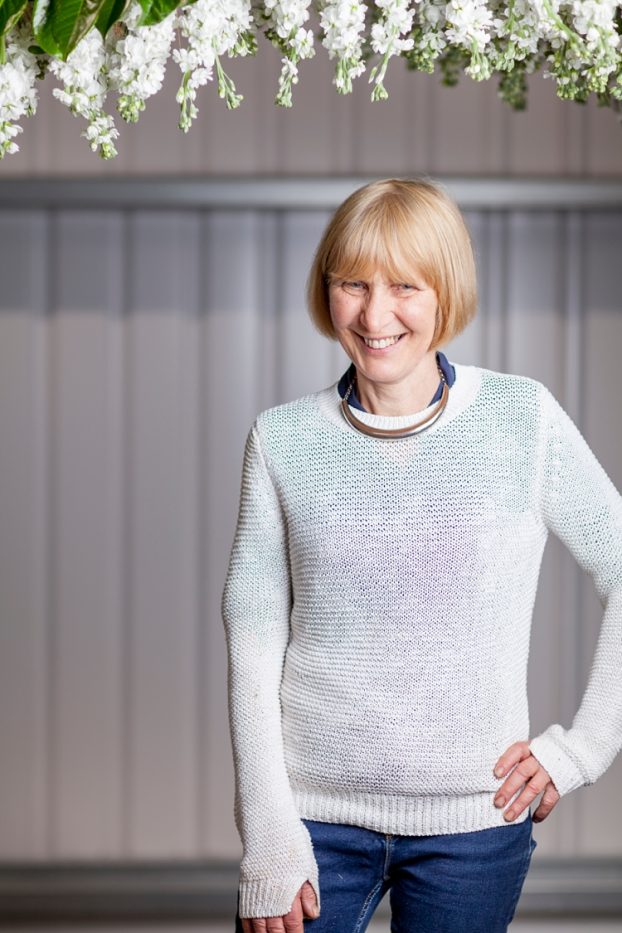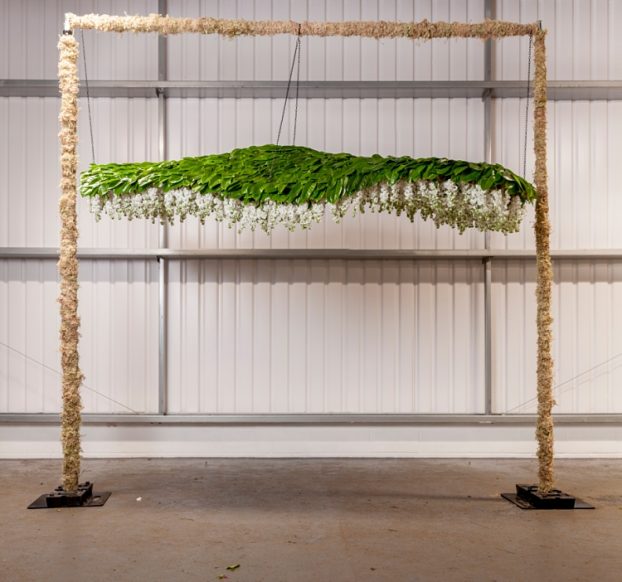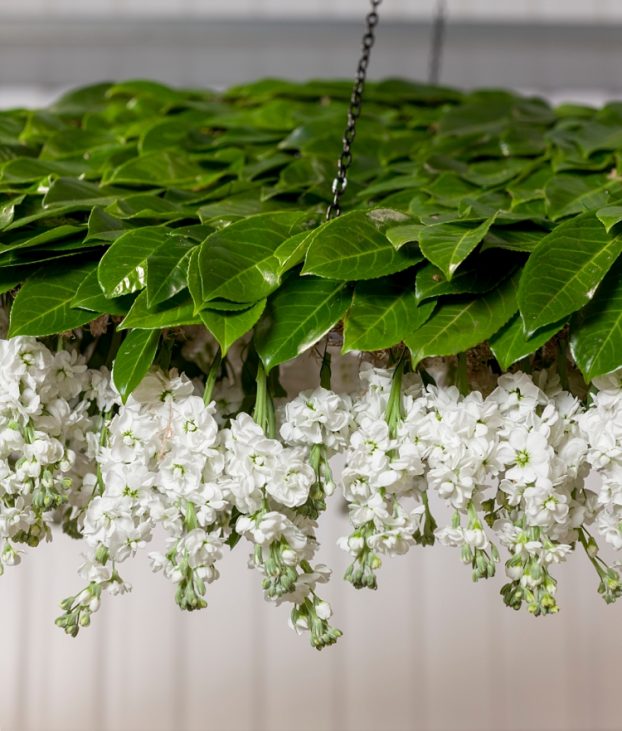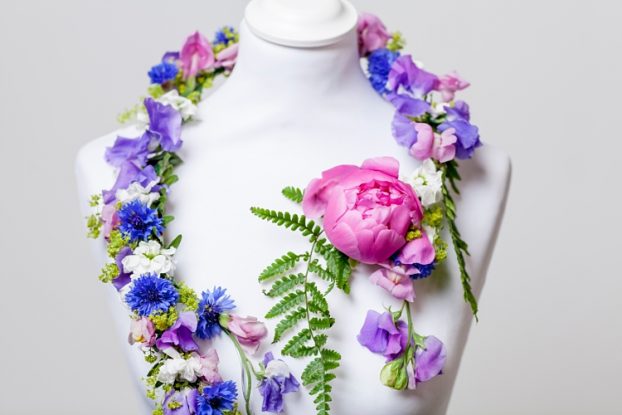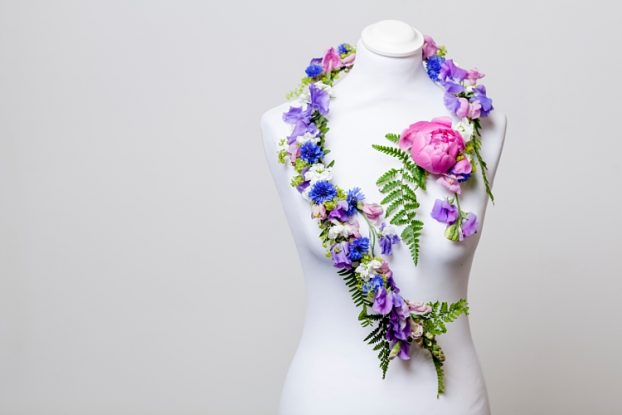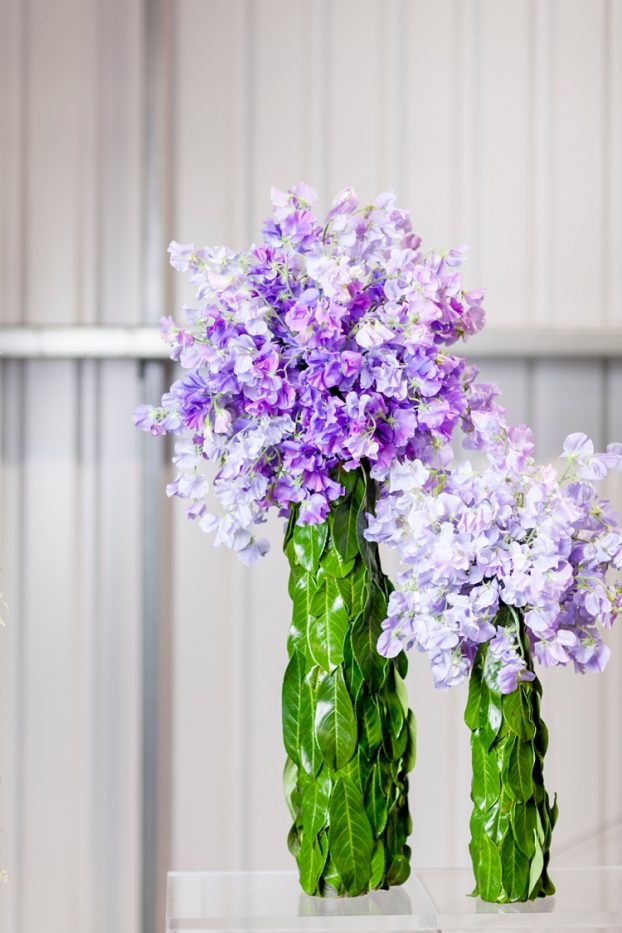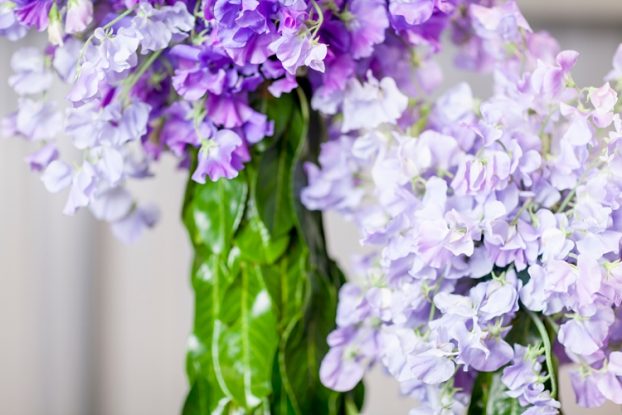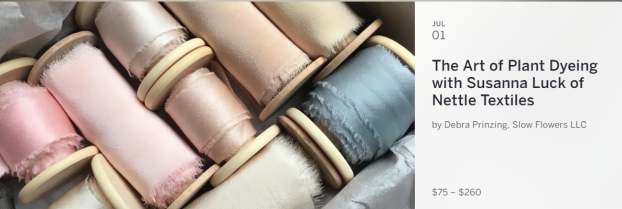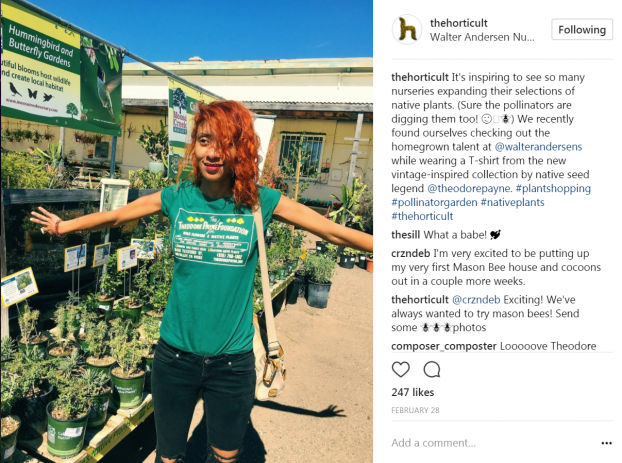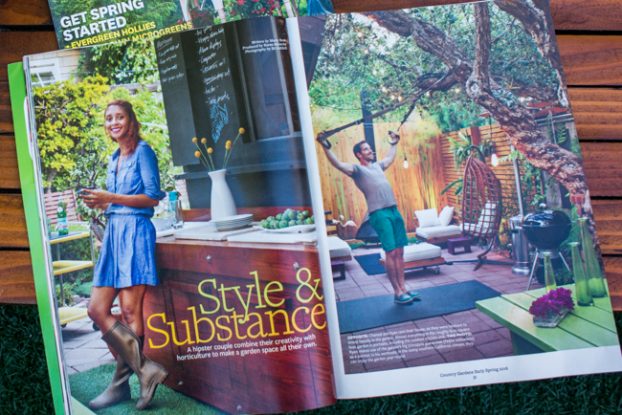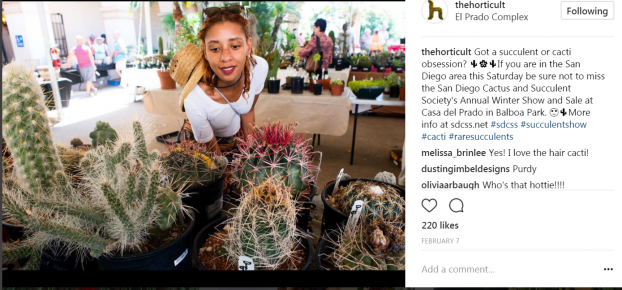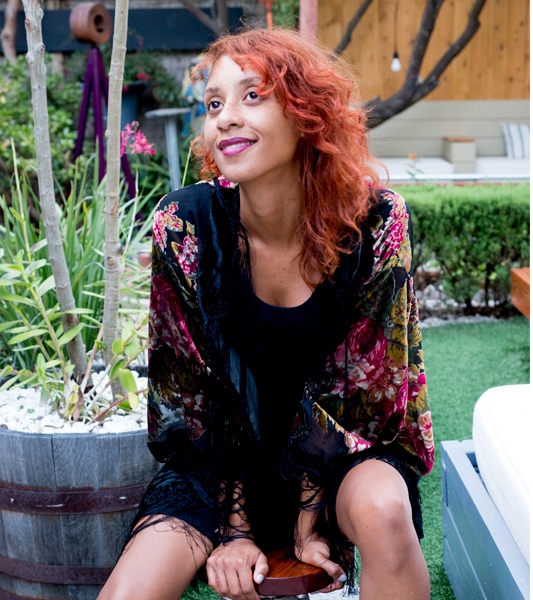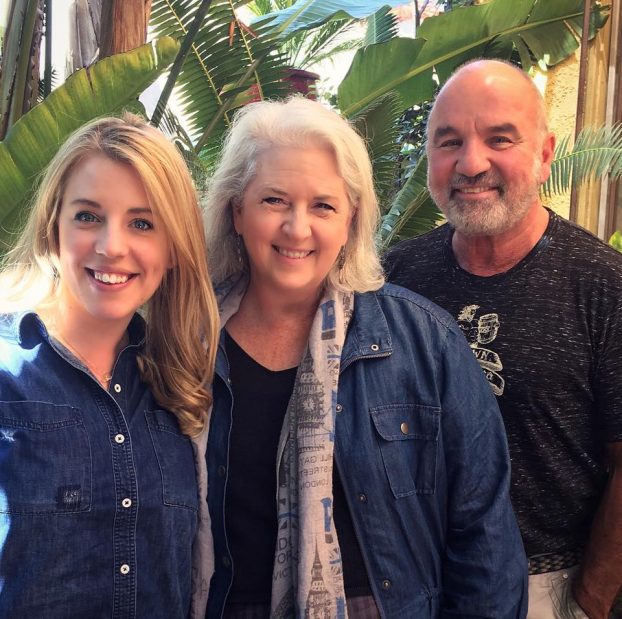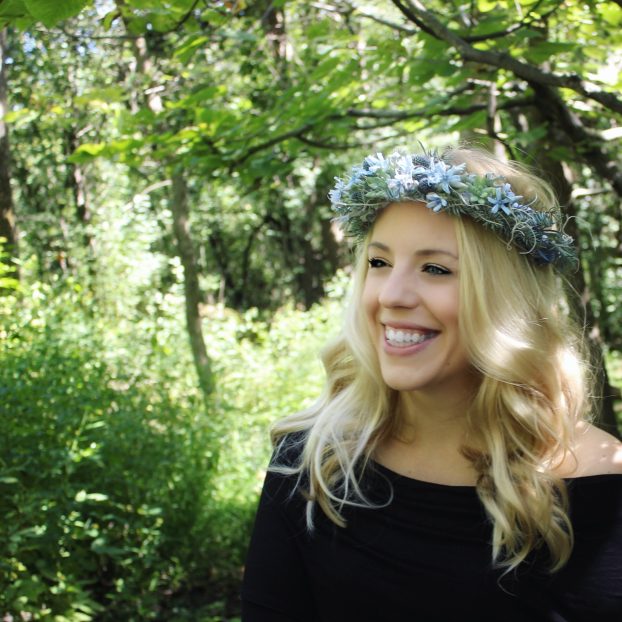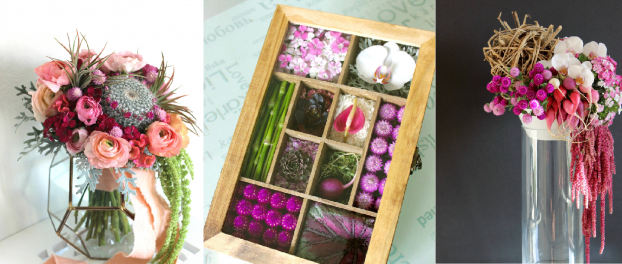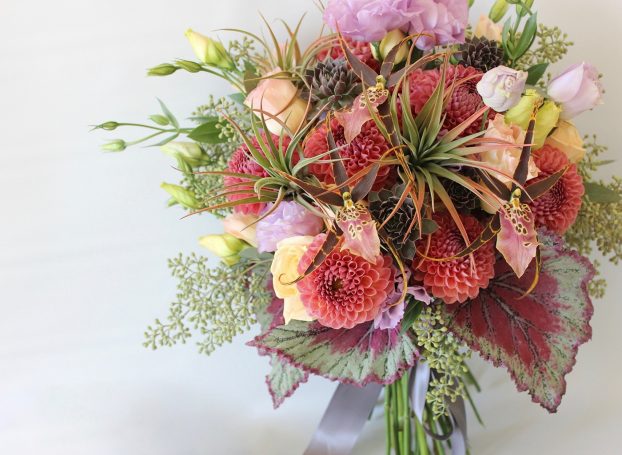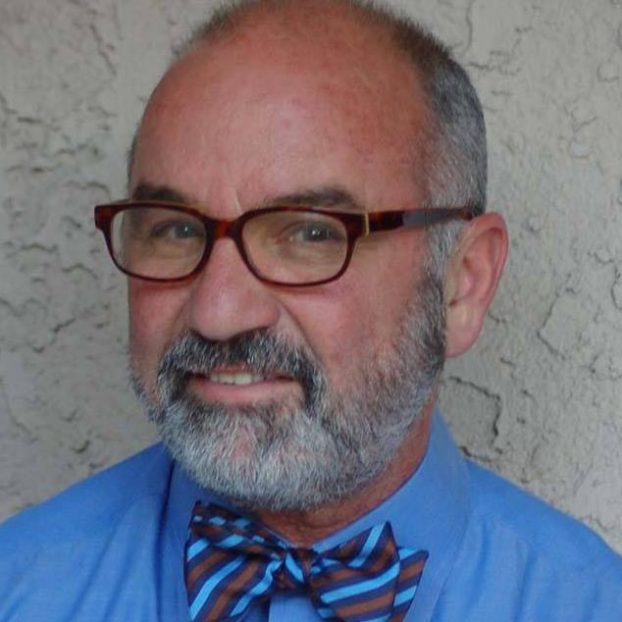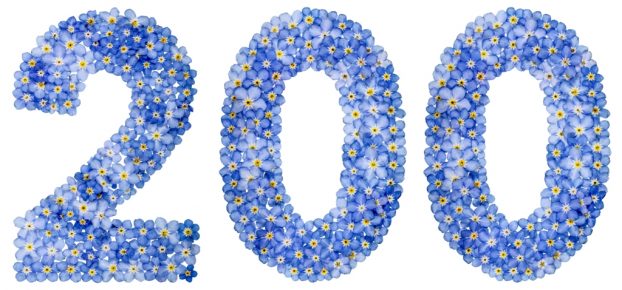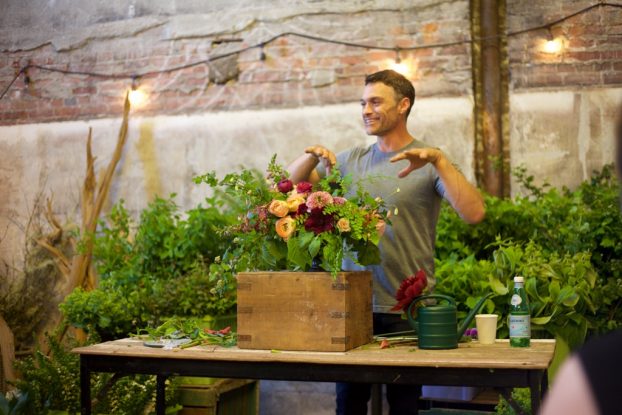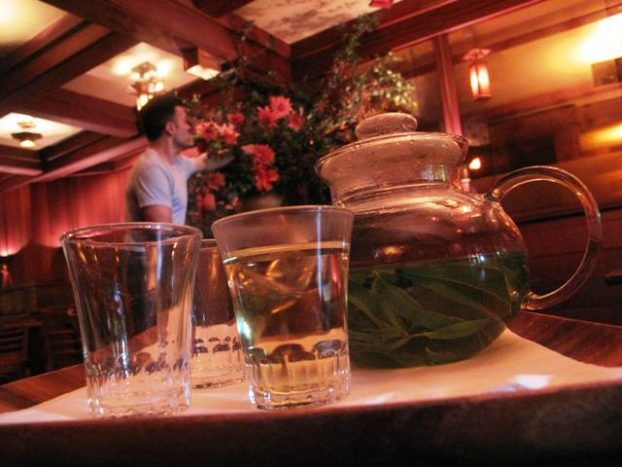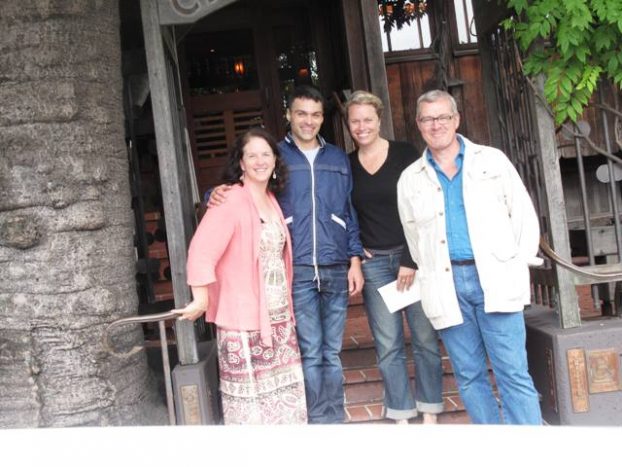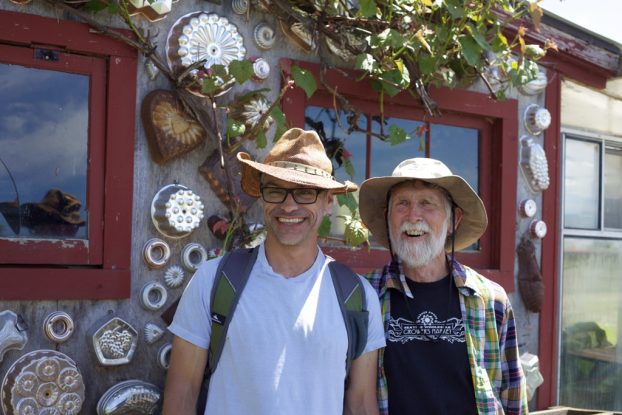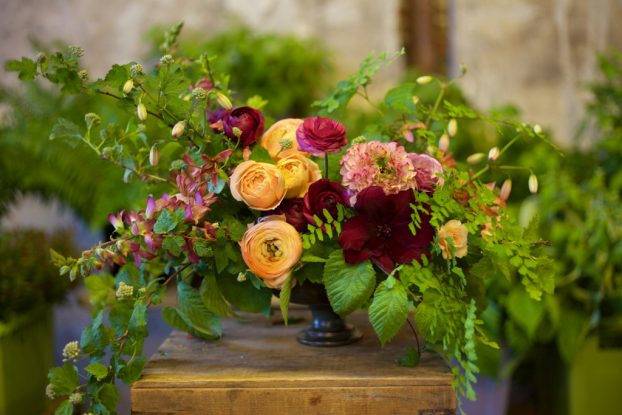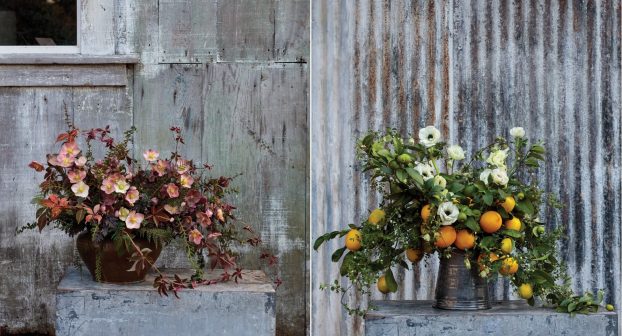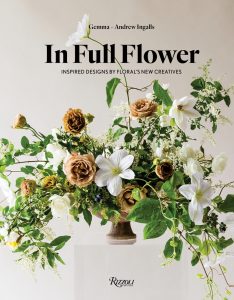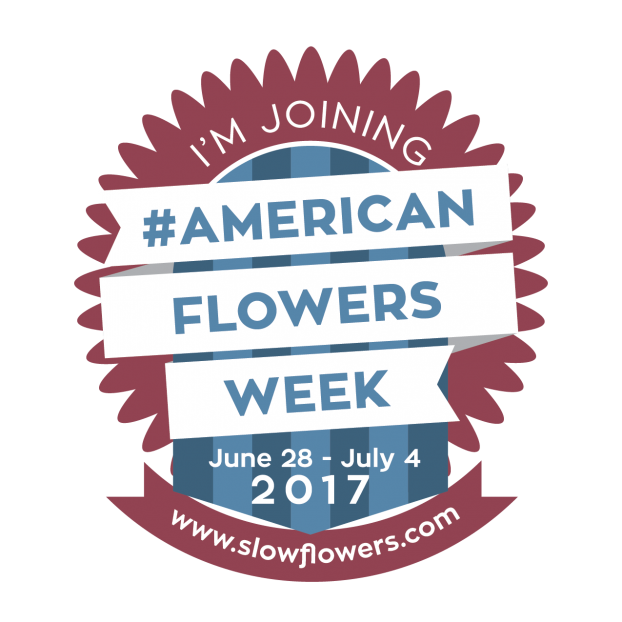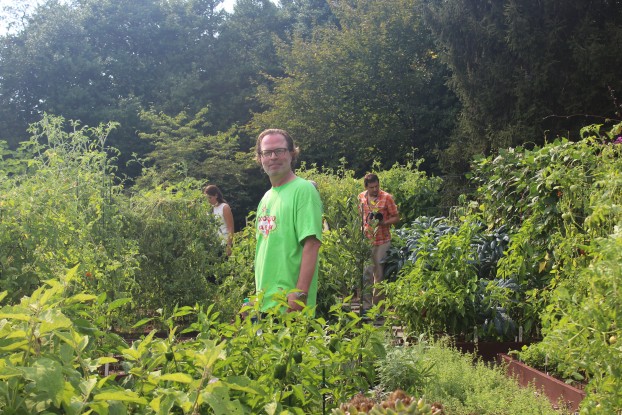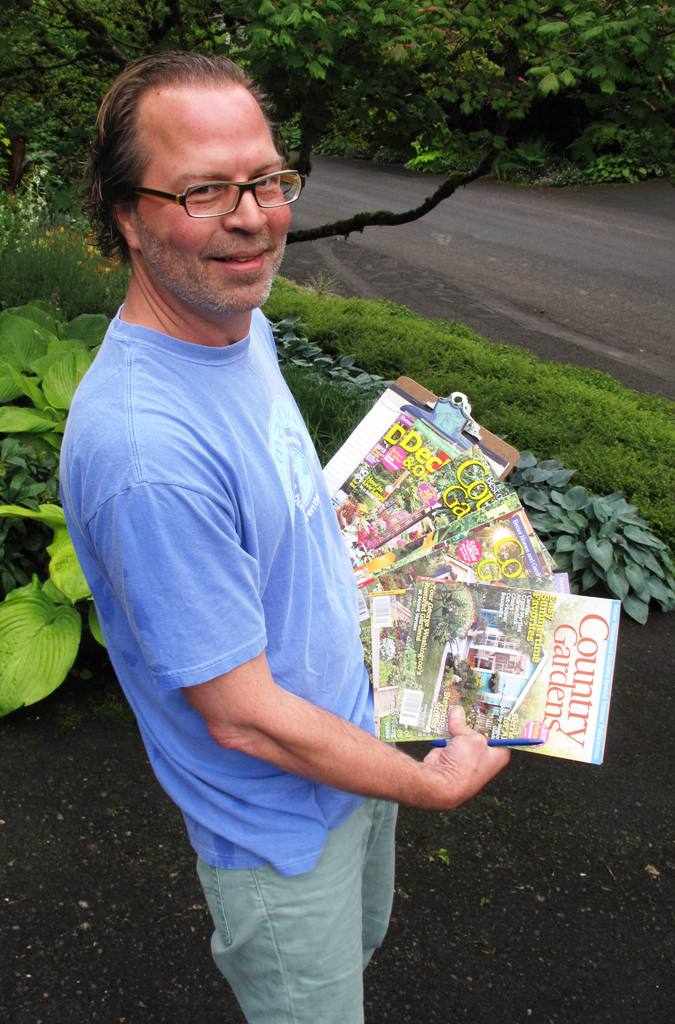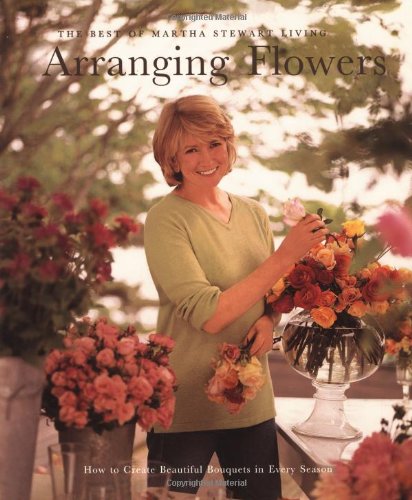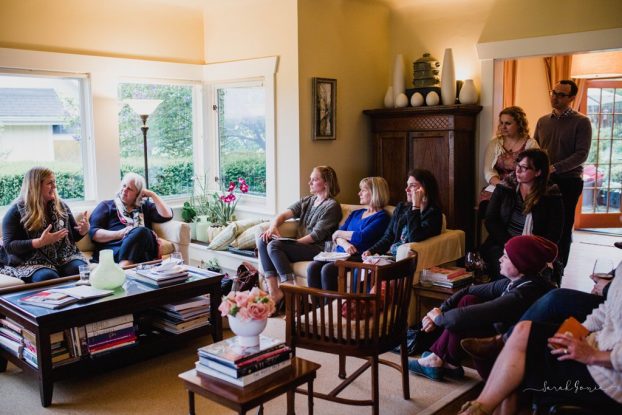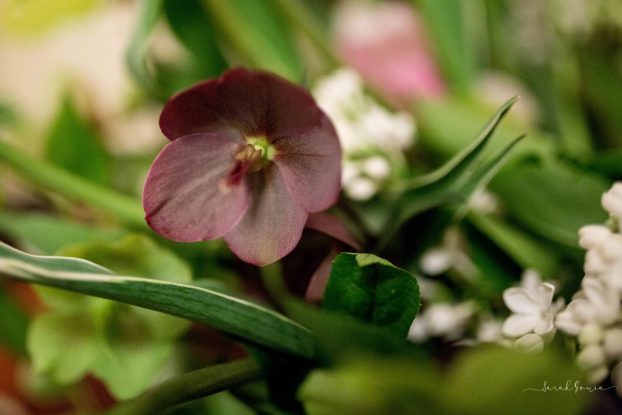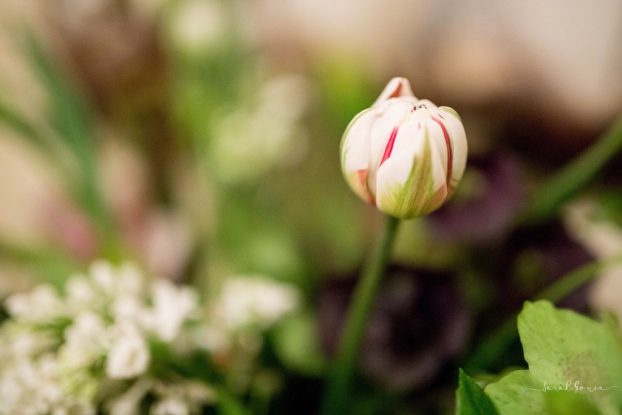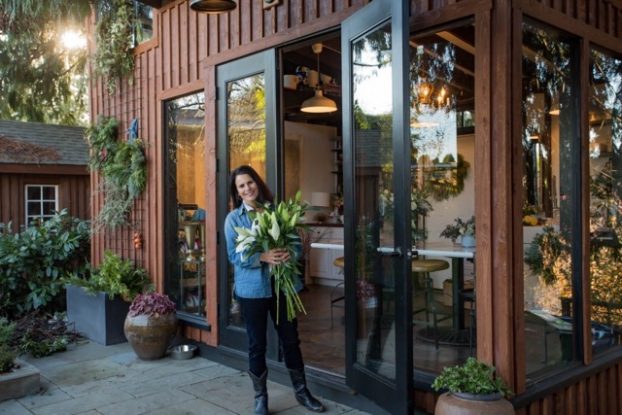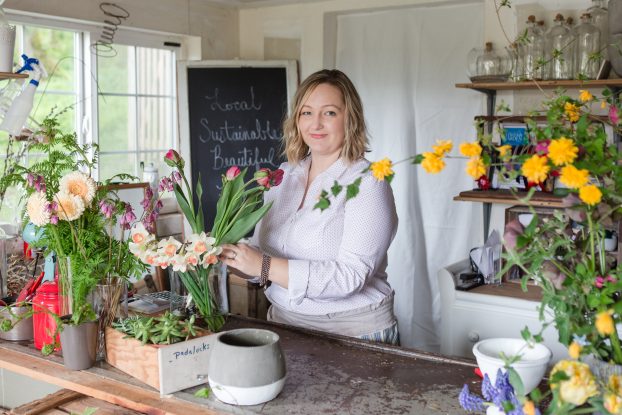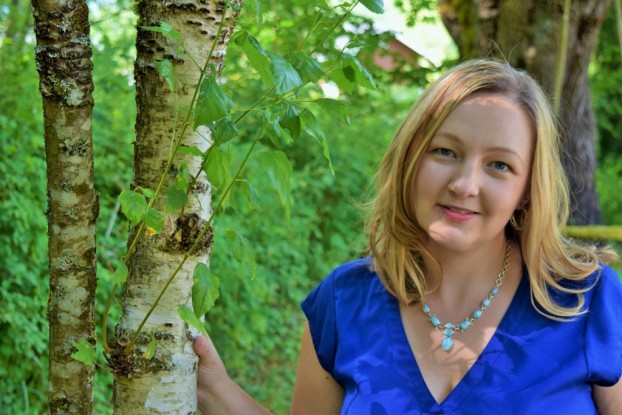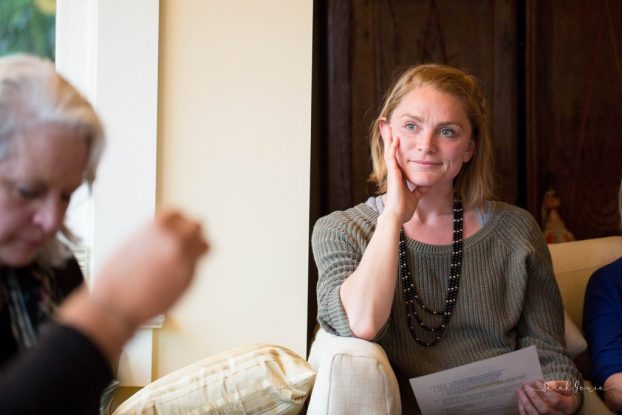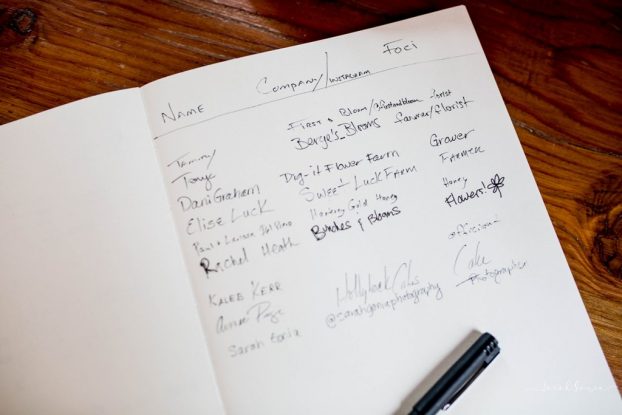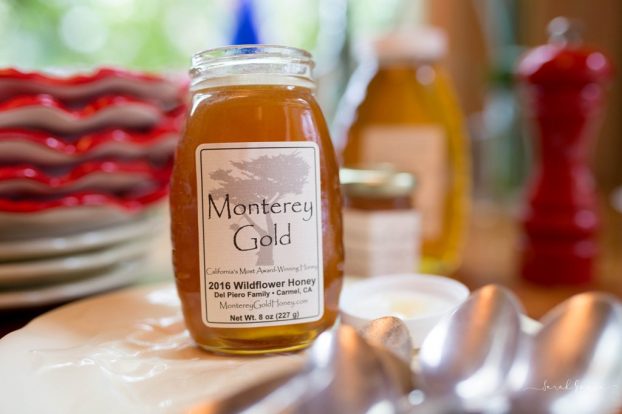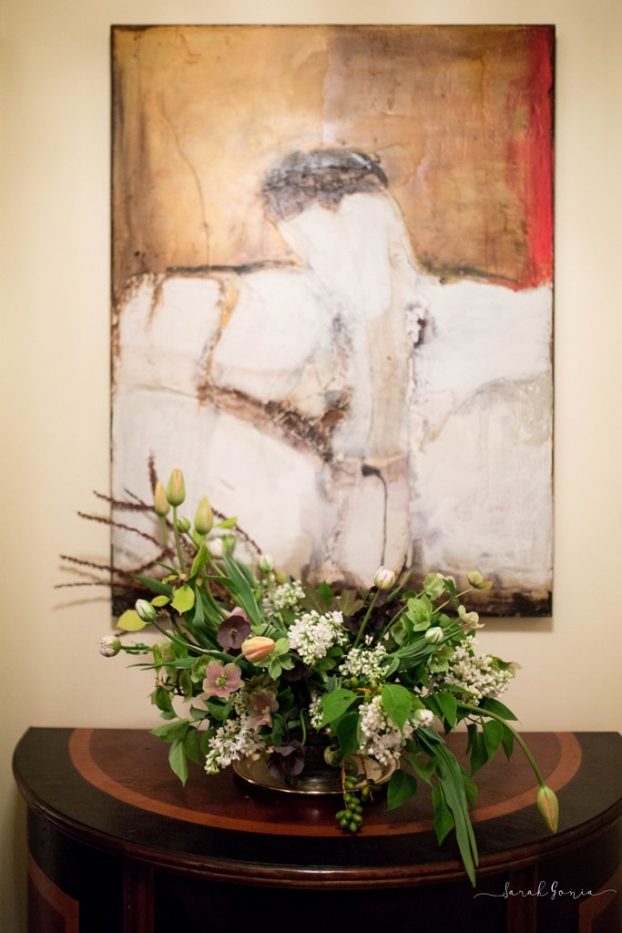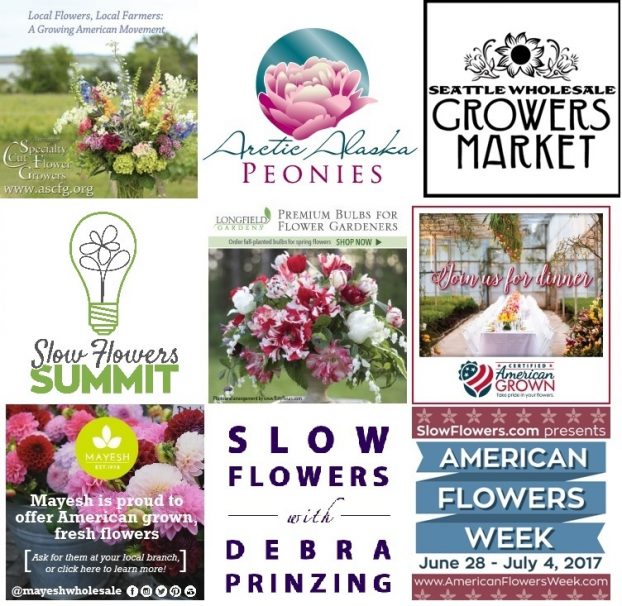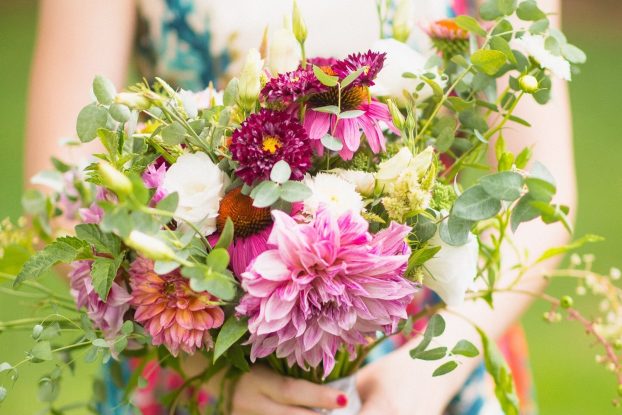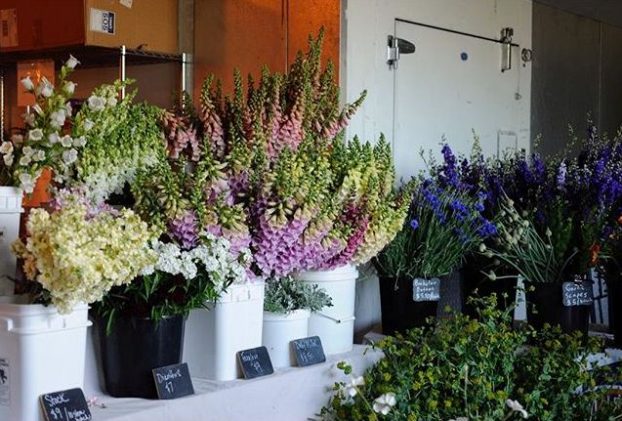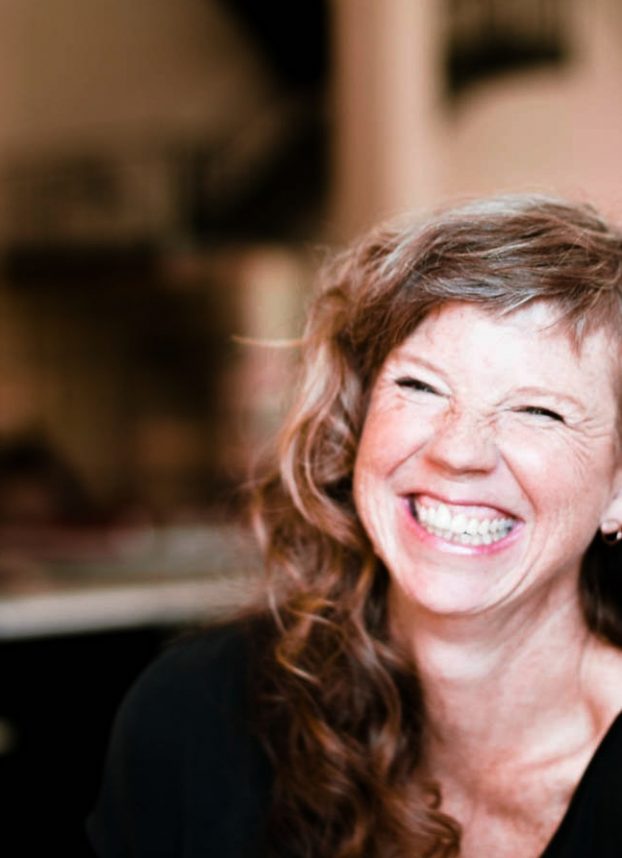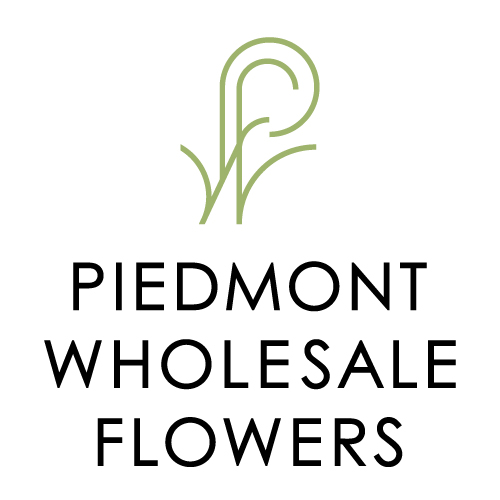Podcast: Play in new window | Download
Subscribe: Apple Podcasts | Podcast Index | RSS | More
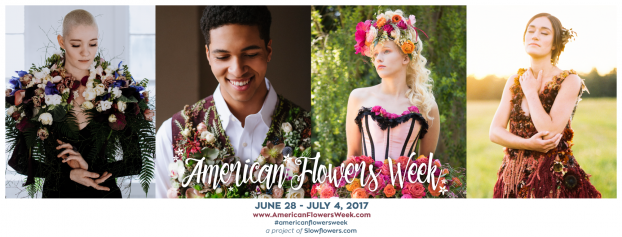 Welcome to DAY ONE of American Flowers Week, which continues through next Tuesday, July 4th, Independence Day!
Welcome to DAY ONE of American Flowers Week, which continues through next Tuesday, July 4th, Independence Day!
The Slow Flowers Community is boldly sharing this message: Beautiful, fresh and seasonal flowers are worth celebrating! They are grown here, by real people on real U.S. flower farms!
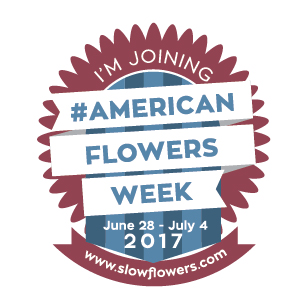 This is our third year celebrating American grown flowers in all 50 states – coast to coast from north to south.
This is our third year celebrating American grown flowers in all 50 states – coast to coast from north to south.
I’m thrilled with the incredible enthusiasm and participation from flower farmers, floral designers, retailers, grocery chains and avid gardeners who are joining in to help raise awareness about the origin of our flowers.
Your use of hashtag #americanflowersweek along with #slowflowers and your personal branding terms is an awesome way to engage with consumers and peers across the U.S.!
I’ve loved seeing the early posts as designers and florists have shared sneak-peeks of their projects on Facebook, Twitter & Instagram – flowers, signage, displays, events and special red-white-and-blue bouquets to celebrate American Flowers Week.
We’ll keep on re-tweeting and re-posting to spread the awareness and attention on social platforms – with the overall goal of getting more folks asking for and buying American grown flowers.
Follow these links to the free resources available to you – as well as details about cool American Flowers Week projects our members are producing around the country (including a few that took place last week in the days leading up to American Flowers Week).
Check out Americanflowersweek.com to download graphics, logos, photography and social media badges that you can use in your own branding or social feeds.
And don’t forget to download our awesome USA Map of state flowers, including individual state coloring sheets. Add your logo and print copies to share and hand out to your community and customers.
I have one more important event to remind you about – the Slow Flowers Summit, which is happening this coming Sunday, July 2nd in Seattle at the Surf Incubator event space.
You’ve heard from some of our awesome speakers, and this Podcast has shared previews what’s on the agenda for an inspiring day of design innovation, personal inspiration and a bit of radical thinking to send you off with new ideas.
It’s not too late to sign up – we’re expecting and planning for a few last-minute registrants. If your schedule allows, I encourage you to join us!
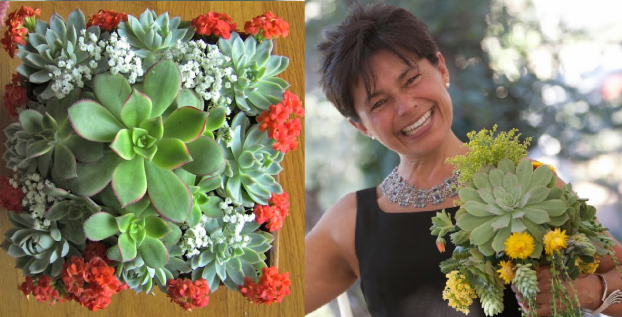
Marialuisa Kaprielian of Urban Succulents puts her own brilliant twist on floral design with sedums, echeverias, kalanchoes and more!
I’m so happy to bring you some succulent joy today, with a conversation I recorded in late May when I traveled to San Diego to teach.
I have loved seeing the designs, creativity and color sense in the succulent florals of Marialuisa Kaprielian. Marialuisa is the owner of Urban Succulents, based in San Diego. She’s a Slowflowers.com member whose company is uniquely suited for a thriving mail order floral business.
If you recall my podcast episode with Robin Stockwell, author of the new book SUCCULENTS, he mentioned commissioning Marialuisa to design the succulent floral arrangements that appear in his book. You can listen to that episode and see images of her designs in the show notes here.
Because San Diego has ideal weather for growing and producing succulent plants, it’s the perfect headquarters for Urban Succulents.
Marialuisa’s mission is to create living arrangements using only the finest locally sourced succulent plants.
All her succulent arrangements, wreaths, gift boxes, bouquets and other items are made to order so they are fresh when the recipient receives them. Urban Succulents’ living arrangements and bouquets can be replanted, bringing more enjoyment — a gift that keeps giving, or growing in this case.
Urban Succulents creates living florals for corporate events and galas, weddings and other festive occasions. For holidays and other gifting, the studio offers wreaths and succulent plant assortments.
I know you’ll find our conversation inspiring – and I hope it gives you some new ideas for using succulents in your design work. Or, contact Urban Succulents to special order wired succulents to add to your designs (as shown, left).
I had serious succulent envy spending time with Marialuisa in her home, studio and vast garden filled with plants we never see up in the chilly corner of the Pacific Northwest.
You can find and follow MariaLuisa at these social places:
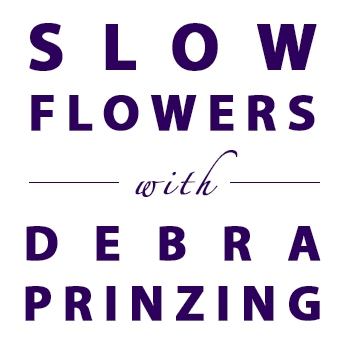 The Slow Flowers Podcast has been downloaded more than 204,000 times by listeners like you.
The Slow Flowers Podcast has been downloaded more than 204,000 times by listeners like you.
THANK YOU to each one of you for downloading, listening, commenting and sharing. It means so much. If you value the content you receive each week, I invite you to show your thanks and support the Slow Flowers Podcast with a donation — the button can be found on our home page in the right column. Your contributions will help make it possible to transcribe future episodes of the Podcast.
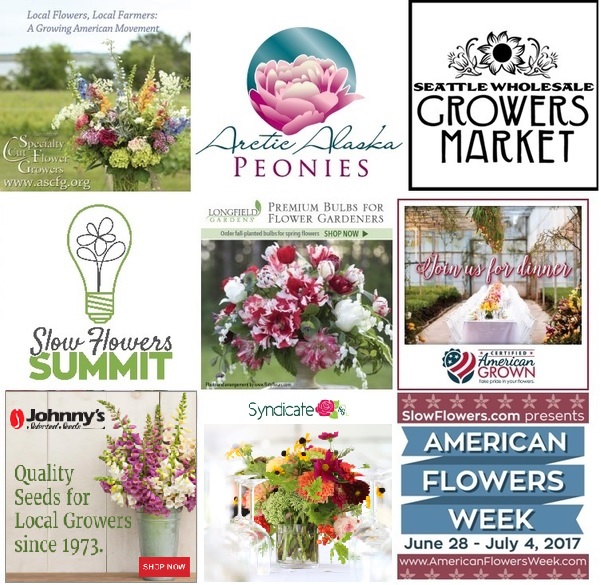 Thank you to our family of sponsors:
Thank you to our family of sponsors:
Arctic Alaska Peonies, a cooperative of 50 family farms in the heart of Alaska providing high quality, American Grown peony flowers during the months of July and August. Visit them today at arcticalaskapeonies.com
Seattle Wholesale Growers Market, a farmer-owned cooperative committed to providing the very best the Pacific Northwest has to offer in cut flowers, foliage and plants. The Growers Market’s mission is to foster a vibrant marketplace that sustains local flower farms and provides top-quality products and service to the local floral industry. Find them at seattlewholesalegrowersmarket.com
Longfield Gardens provides home gardeners with high quality flower bulbs and perennials. Their online store offers plants for every region and every season, from tulips and daffodils to dahlias, caladiums and amaryllis. Visit them at lfgardens.com.
Syndicate Sales, an American manufacturer of vases and accessories for the professional florist. Look for the American Flag Icon to find Syndicate’s USA-made products and join the Syndicate Stars loyalty program at syndicatesales.com.
Johnny’s Selected Seeds, an employee-owned company that provides our industry the best flower, herb and vegetable seeds — supplied to farms large and small and even backyard cutting gardens like mine. Check them out at johnnysseeds.com.
Association of Specialty Cut Flower Growers. Formed in 1988, ASCFG was created to educate, unite, and support commercial cut flower growers. It mission is to help growers produce high-quality floral material, and to foster and promote the local availability of that product. Learn more at ascfg.org
I’m Debra Prinzing, host and producer of the Slow Flowers Podcast. Next week, you’re invited to join me in putting more American grown flowers on the table, one vase at a time. And If you like what you hear, please consider logging onto Itunes and posting a listener review.
The content and opinions expressed here are either mine alone or those of my guests alone, independent of any podcast sponsor or other person, company or organization.
The Slow Flowers Podcast is engineered and edited by Andrew Brenlan. Learn more about his work at KineticTreeFitness.com.
Next week, you’re invited to join me in putting more American grown flowers on the table, one vase at a time. And If you like what you hear, please consider logging onto Itunes and posting a listener review.
The content and opinions expressed here are either mine alone or those of my guests alone, independent of any podcast sponsor or other person, company or organization.
The Slow Flowers Podcast is engineered and edited by Andrew and Hannah Brenlan. Learn more about their work at shellandtree.com.
Music Credits:
Turning on the Lights
Additional music from:









